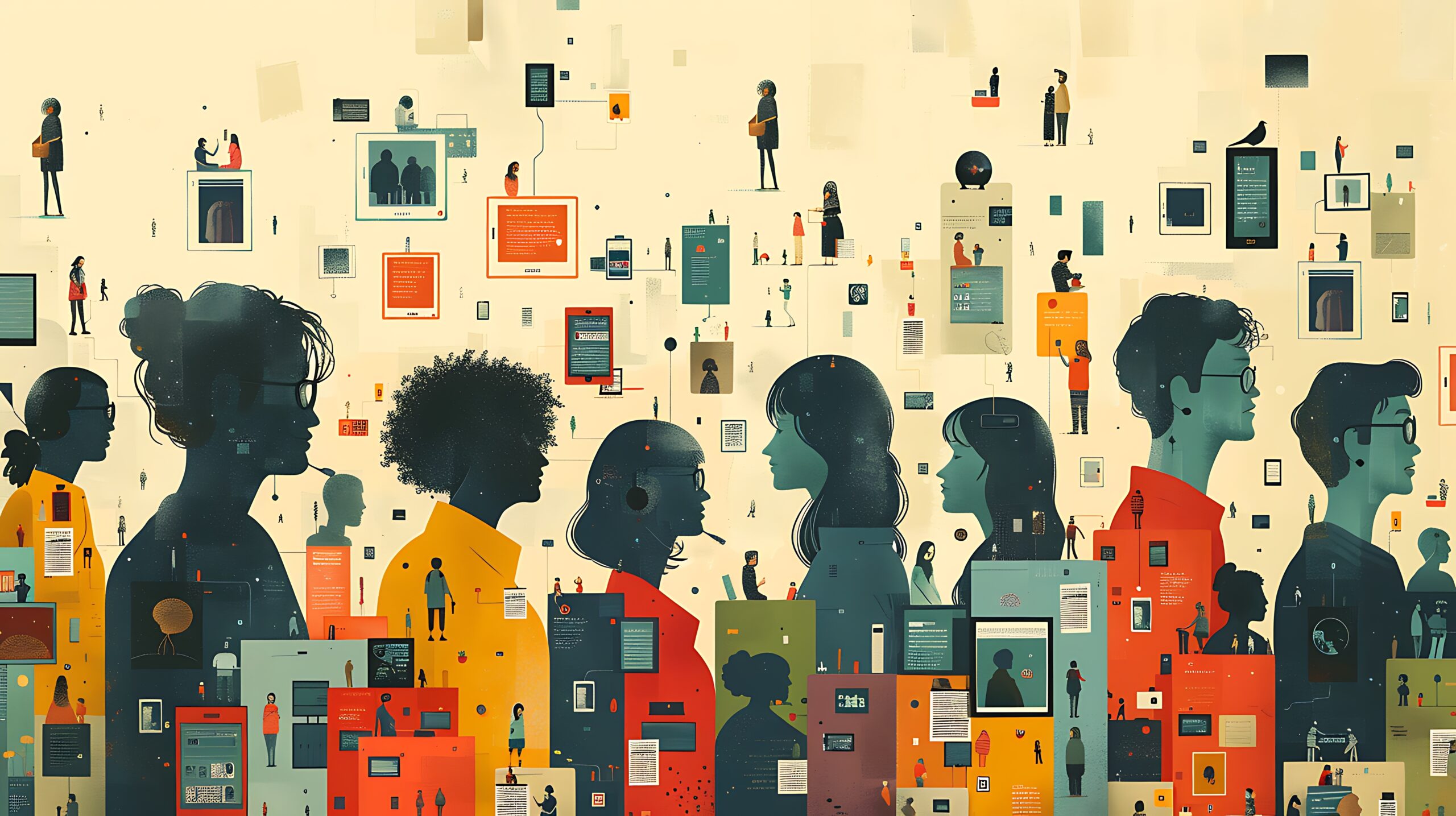The key to employee engagement is in the power of the picture, says Wendy Hamilton.
Reading time: 3m 30s.
The rise of visual and video content is one of the most important internet trends this year, according to Mary Meeker, the renowned tech analyst and investor.
In her annual Internet Trends Report – the most highly anticipated slide deck in Silicon Valley – she quotes Instagram’s co-founder Kevin Systrom: “People have always been visual – our brains are wired for images. Writing was a hack, a detour. Pictorial languages are how we all started to communicate – we are coming full circle.”
Developments in technology, such as faster wifi and better phone cameras, mean people are creating images more than ever before. More than 1.2tn images were captured globally by cameras and smartphones in 2017.
We are increasingly using these images to communicate. Every day, nearly 2bn emojis are shared just on Facebook; 2bn GIFS are sent through Giphy, and 1bn hours of videos are watched on YouTube. Instagram, the photo and video sharing site which launched in 2010, now has more than 1bn monthly active users.

Social media platforms are adapting to this trend. Twitter used to be text only; now more than 50% of all tweets include images, video or other media.
We are not just sending each other raw images. We are adding layers, such as filters, or creating stories. As we develop these habits in our personal lives, we want to bring them to work so we can communicate in quick, visual packages, with coworkers, colleagues and customers.
Having shared a photo rather than composing a lengthy text message, we understand the power of an image over the written word.
An opportunity for business
That offers a huge opportunity for businesses. Visuals are essential to ensure communication is effective, and therefore essential for leaders who want to instruct and inspire their colleagues.
Email is the lifeblood of how we communicate at work and that will remain the case for a long time to come, but it is evolving. Adding screenshots or a short video to emails results in far better engagement and understanding, which in turn cuts down the need for lengthy follow-up messages and meetings.
New tools mean anyone can create images and videos to share with colleagues; you do not have to be a professional graphic designer, or filmmaker.
That means workers can create and share professional-looking images and video on an everyday basis. Maybe someone is passing on some of their workload to a colleague, or needs to train up some junior colleagues in a particular area. Videos and images are far more effective ways of communicating than lengthy handover notes and training manuals.
Boosting productivity
Adding visual content to everyday tasks, such as email and presentations, is not just a nice-to-have, it increases workers’ productivity, with a quantifiable impact on the bottom line.
This is increasingly necessary in the UK, where productivity is actually declining. In the first three months of the year, UK workers’ productivity fell by 0.2% compared with the same quarter a year ago. It was the third consecutive quarterly drop and continues a decade-long trend. The Office for National Statistics (ONS) said labour productivity was lower over the past decade than at any time in the 20th Century.
According to independent research, by adding more visuals to workplace communications, employees could gain more than 33 minutes per week in productivity. That translates to more than 25 hours per year, which can have a huge impact on a company’s profits. In fact, businesses could gain up to $1,200 in productivity per year for every employee who consumes content as part of their job.
The research, undertaken with 4,500 office workers, included a scientific trial to discover how the use of visual content impacts business performance. The study found that two-thirds of employees understand information better when it is communicated visually, but almost half of companies are still relying on plain-text emails.
When presenting her Internet Trends report, Meeker said: “If it feels like we’re all drinking from a data firehose, it’s because we are.” The same is true in the workplace. Employees are faced with a constant barrage of emails that often threatens to overwhelm them.
By using visuals effectively, we can ensure our communications are engaging and easy to digest, saving employees’ time, enhancing learning, and boosting performance.
About the author
Wendy Hamilton is CEO of TechSmith.



